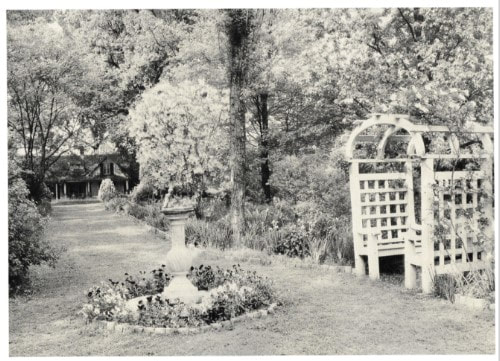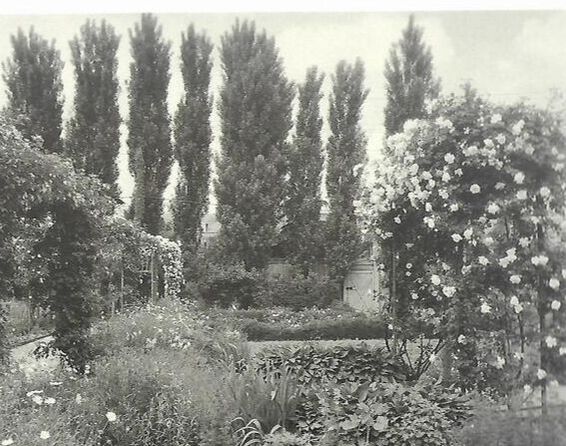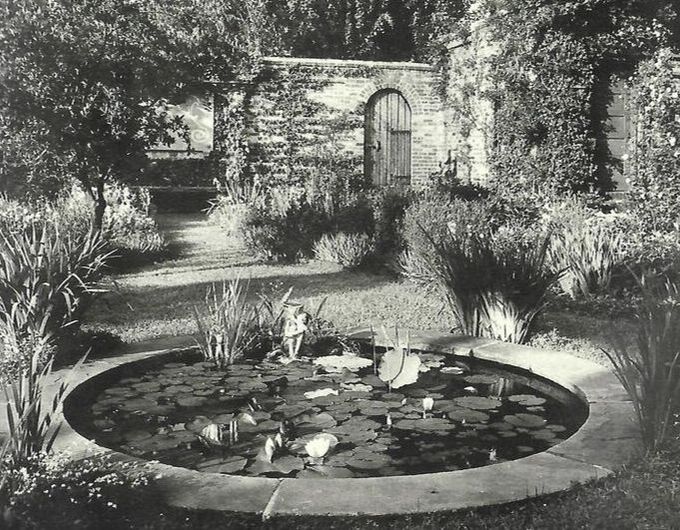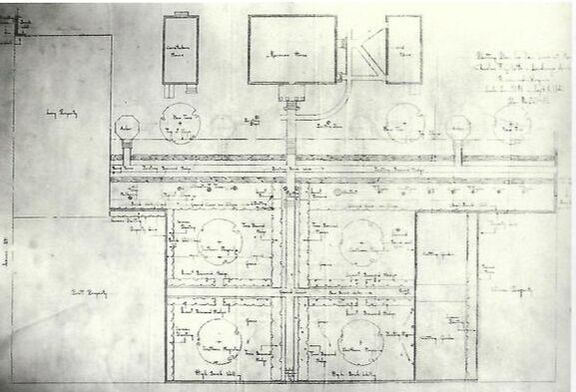Charles Gillette, Amstel House Garden Architect
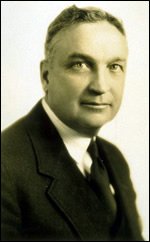
The Amstel House's Colonial Revival garden was originally designed by Charles F. Gillette, a noted Virginia landscape architect whose Colonial Revival designs are highly regarded.
As a Colonial Revival designer, Gillette did not aim for archaeologically authentic designs. Instead, he sought innovative interpretations of the spirit of 18th century Georgian landscapes and designers in both colonial America and England. Hallmarks of Gillette’s designs include:
Gillette was trained by Warren Manning in Boston. Manning, in turn, was a student of Fredrick Law Olmstead during Olmsted's creation of New York’s Central Park. Gillette designed over 780 gardens in the early to mid-20th century, the vast majority in Virginia. The Amstel House garden was one of just five Gillette designs in Delaware; others included the Nemours Foundation and Old Swedes Church.
Gillette was a leader of both Colonial Revival and Country Place landscape design. The Country Place movement aimed to create grand, beautiful gardens and dramatic vistas for large country estates by melding classical motifs from Europe with elegant Beaux Arts design principles and the character and spirit of the place being landscaped.
Gillette also designed gardens for churches, college campuses, public buildings, and housing projects.
As a Colonial Revival designer, Gillette did not aim for archaeologically authentic designs. Instead, he sought innovative interpretations of the spirit of 18th century Georgian landscapes and designers in both colonial America and England. Hallmarks of Gillette’s designs include:
- Original interpretations of historic styles, achieving “freedom within form”
- Balance and symmetry
- Attention to building architecture and the garden’s topography
- Attention to the garden’s “bones” and “hardscape,” especially walls and outbuildings, rather than specific plantings (Gillette was considered by some "the authority on American walls")
- The creation of “outside rooms” surrounded by high walls
Gillette was trained by Warren Manning in Boston. Manning, in turn, was a student of Fredrick Law Olmstead during Olmsted's creation of New York’s Central Park. Gillette designed over 780 gardens in the early to mid-20th century, the vast majority in Virginia. The Amstel House garden was one of just five Gillette designs in Delaware; others included the Nemours Foundation and Old Swedes Church.
Gillette was a leader of both Colonial Revival and Country Place landscape design. The Country Place movement aimed to create grand, beautiful gardens and dramatic vistas for large country estates by melding classical motifs from Europe with elegant Beaux Arts design principles and the character and spirit of the place being landscaped.
Gillette also designed gardens for churches, college campuses, public buildings, and housing projects.
Photos from Genius in the Garden: Charles F. Gillette and Landscape Architecture in Virginia by Charles C. Longest

